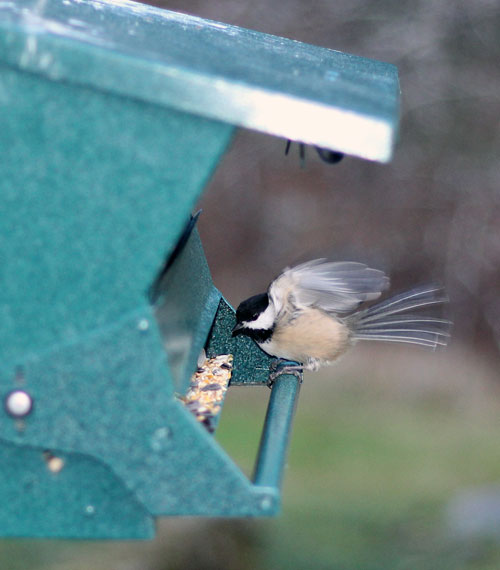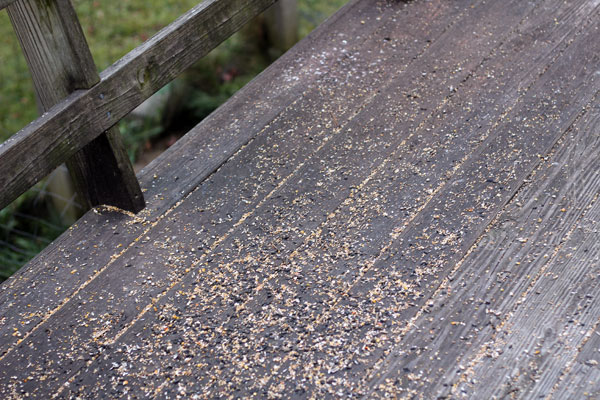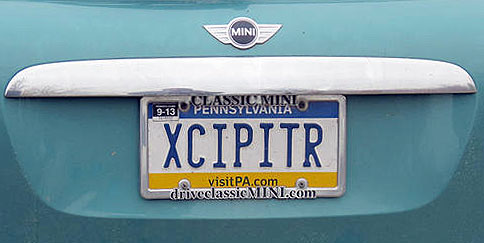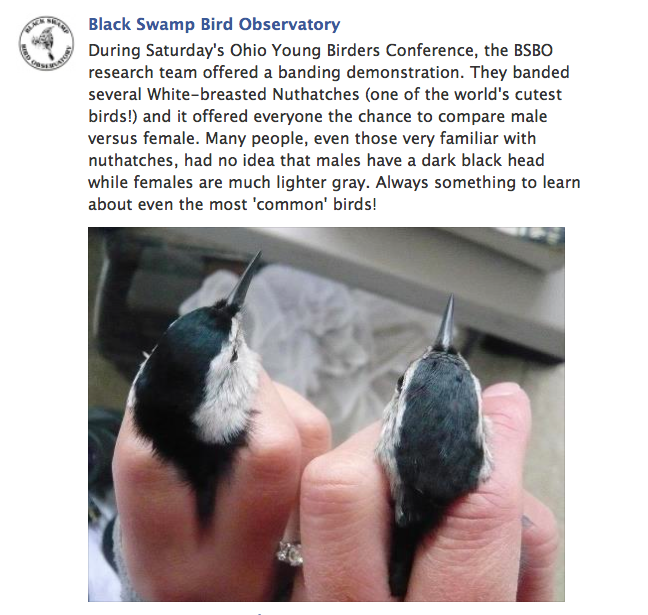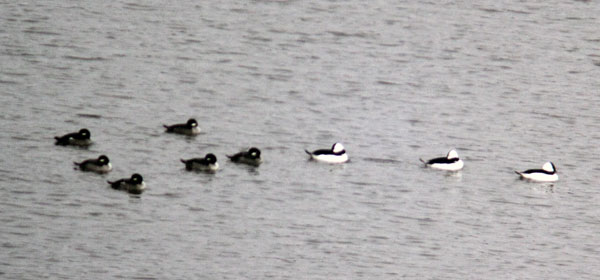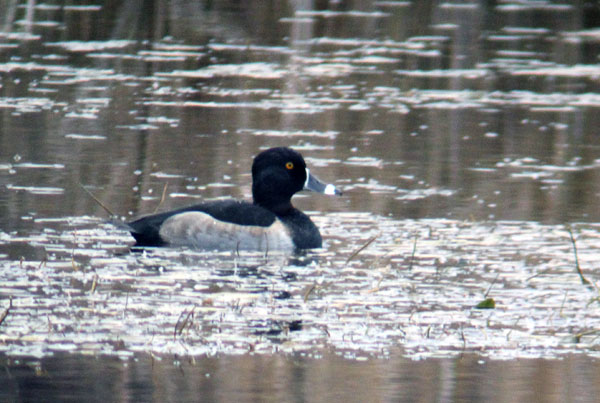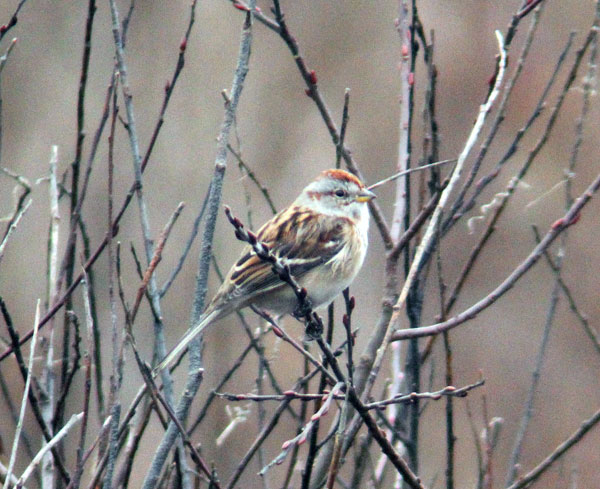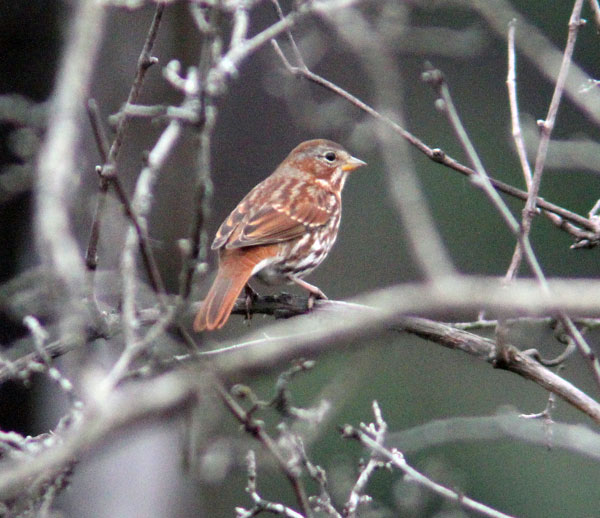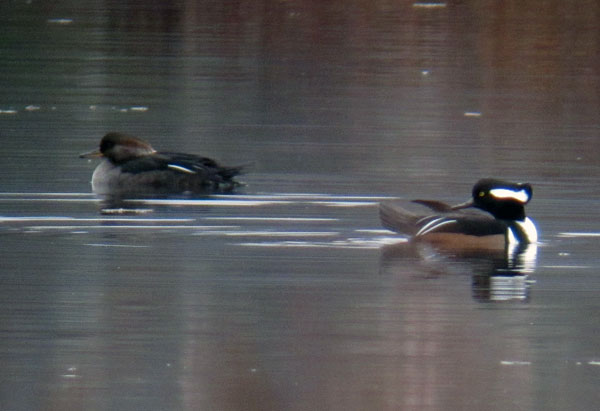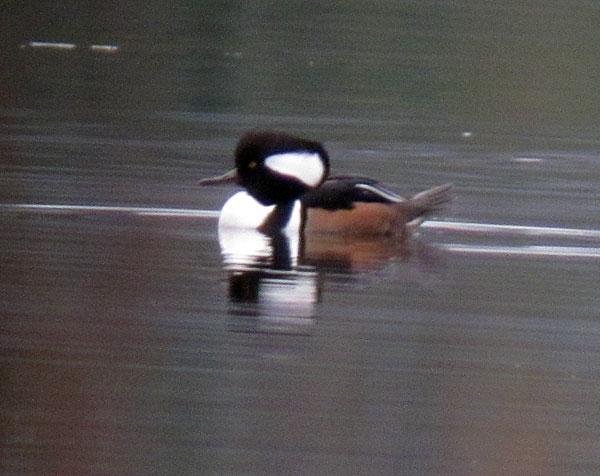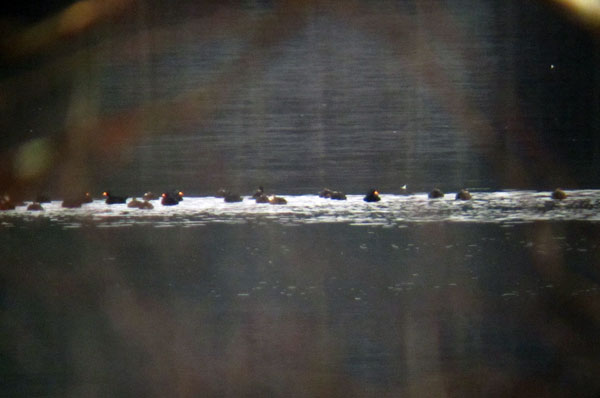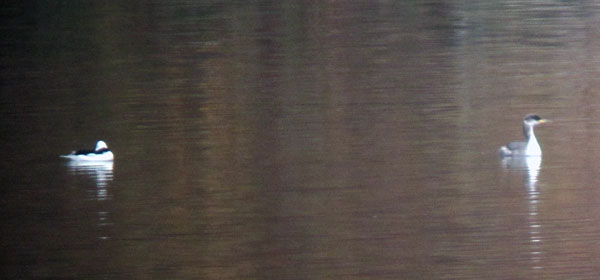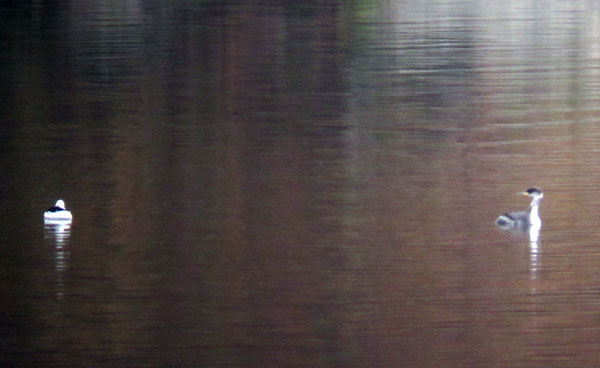Ever watch a Black-capped Chickadee or White-breasted Nuthatch pick away at the feeder, discarding stuff left and right until a sunflower seed pops up?
I have a deck littered with millet and other rejected seeds as Nuthatches, Chickadees, and finches select the good stuff. So why did I buy bags of mixed seeds? It seemed to be an economical way to feed birds but the only folks happy are the chipmunks and red squirrels, and an occasional night-time raccoon who vacuum up the leftovers.
Last week, Mary got sick of sweeping the deck (as did I) so she bought a bag of black oil sunflower seeds — the feed we have used in years past — and the birds no longer have a choice. (Well, they still do because I have to integrate the rest of the mix into the feeder — but of course, even camouflaged with sunflowers, it still gets left there.
When I read this article from BirdWatching Magazine, I thought, “Well, I think we did the right thing.” Here’s an excerpt:
As a result of this year’s drought and high temperatures, agricultural prices are expected to reach record-setting levels. Economizing on bird feeding is a priority. Below are tips that will help you do so while increasing both your enjoyment and your feeding’s value to birds.
Sunflower-seed prices are high, for sure, but switching to cheaper mixes that include a little sunflower seed and more generic “bird seed” is an excellent example of being penny wise but pound foolish. Most birds ignore a lot of the seeds in mixes, especially inexpensive ones, and not only are those filler seeds a waste of money but some attract nuisance wildlife such as rats. Just as bad, seed that doesn’t get eaten rots, exposing your birds to disease-causing bacteria and fungus.
Many of the smaller seeds in mixes are popular with birds that don’t need subsidies from us and cause problems for native birds. Although it’s counterintuitive, in the long run, you’ll spend less by offering sunflower seed alone. You’ll still be providing food for the widest mixture of native birds, including chickadees and nuthatches, finches, small woodpeckers, jays, and doves…
We’ll feed sunflower seed, niger seed for the finches, and suet for the woodpeckers. That should keep our birds, and our farm supply store, happy this winter.

